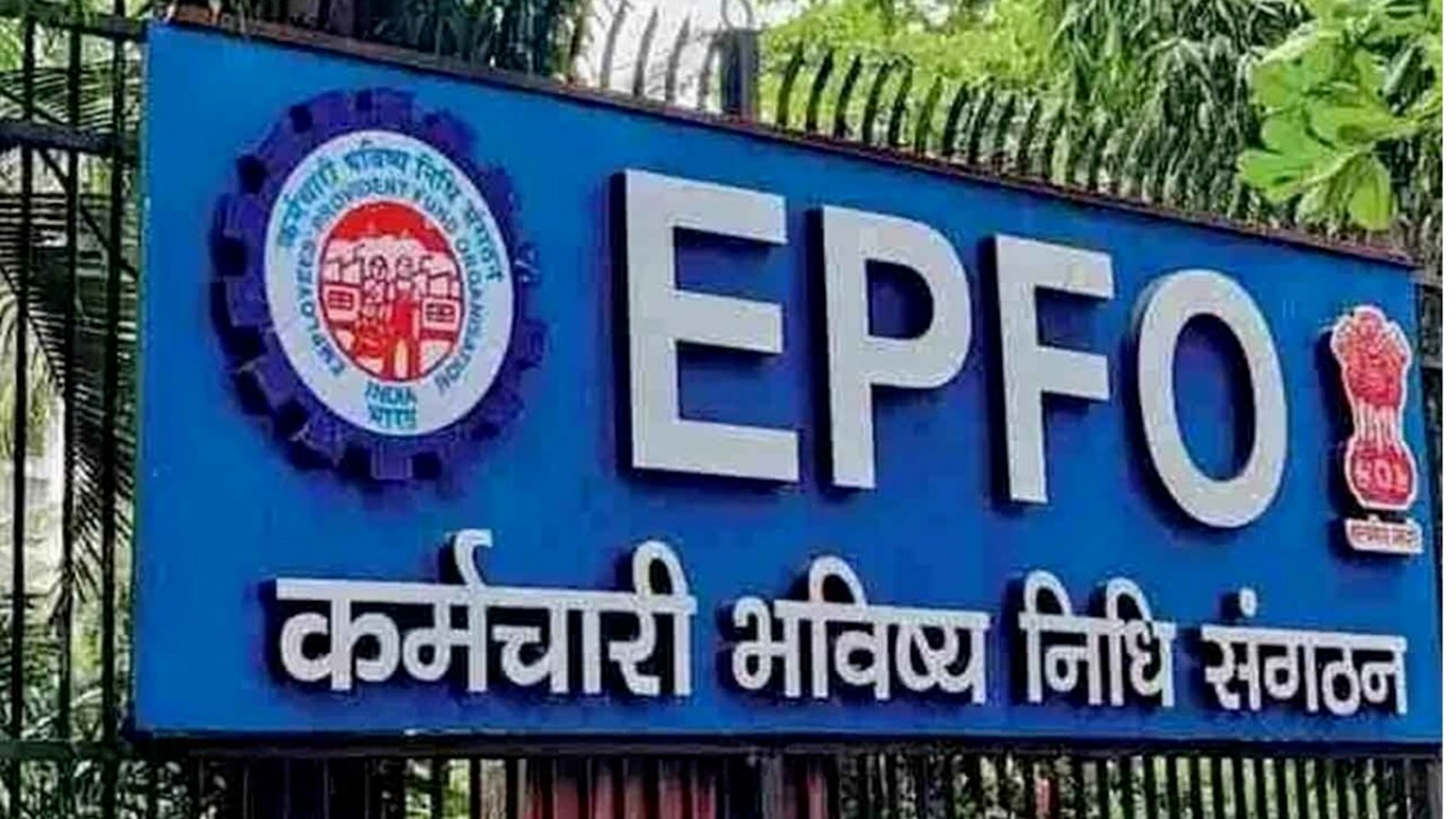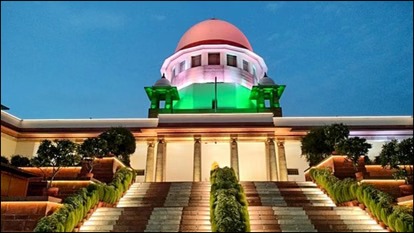Panckridge, J.@mdashThe appellants before us with four other persons were charged with having committed the offence of dacoity in the house of one Guiram Hazra on the night of 20th August 1930. The jury have unanimously found the other four persons not guilty and by a majority of 8 to 2 have found the two appellants guilty of an offence punishable u/s 395, I. P.C. The learned Judge agreed with and accepted the unanimous verdict of acquittal and states that he accepts the majority verdicts of guilty against the two appellants whom he sentenced to be rigorously imprisoned for a term of four years. Various points have been argued before us with which it is not necessary for me to deal at length.
2. It is suggested on the authority of the case
3. Again it has been made a cause for a complaint that certain witnesses were not called but merely tendered or cross-examination and I was referred to the case In re Veera Koraban A.I.R 1929 Mad. 906 where the practice of tendering important eyewitnesses for cross-examinations describes} as highly irregular. I am prepared to say that any of the witnesses who were tendered for cross-examination in this case falls within the as indicated in the case I have referred to and I should not be disposed to interfere with the conviction on that ground. Undoubtedly on the whole the coming up by the learned Judge was extremely favourable to the accused peons and I am at a loss to understand why the Jury after unanimously acquitting four out of six accused persons convicted by a majority of 3 to 2 the appellants before us. However before we can interfere with the conviction we have to be satisfied that there is some misdirection on the part of the learned Judge or that there is improper admission exclusion of some evidence. The case rested largely upon the evidence of approver of the name of Mansur Ali. This man Professed to have taken part in the dacoity and to have stood at the door of the house with brickbats and in short to have played & leading part in the affair from start to finish. The learned Judge rightly directed the jury that if they come to the conclusion that was an accomplice they would require corroboration in material particulars connecting the accused with the offence. In my opinion his evidence re. quire corroboration in any case because it appears to me that an accompliace includes accomplice in. includes one who poses as an accomplice. Therefore I think that before his evidence his participation in the dacoity can accepted the jury should be warned they need corroboration of that fact much as of anything else. It is for the Judge to rule whether or not there is any Corroboration and to tell the jury if he thinks that there is corroborative evidence and that it is for thorn to decide whether they should accept it or not. In my opinion, with regard to the factum of the presence and participation of the approver in the dacoity there was no corroboration worth the name and I think that the learned Judge should have directed the jury accordingly and that his omission to do so amounts to misdirection None of the prosecution witnesses professed to have recognized Mansur Ali at the sense of the dacoity. The inconsistencies in the various versions which Mansur Ali put; forward from time to time were properly commented upon by the learned Judge. The only fact that can be looked upon as a possible corroboration is the evidence to the effect that when arrested he produced ornaments which are said to belong to the ladies of the complainant''s family. But the circumstances under which this incident of the production of the ornaments is supposed to have taken place were highly suspicious and moreover, Mansur Ali''s possession of the ornaments could have been accounted for in many other ways. I think that the jury were entitled to a warning from the learned Judge in the circumstances of the case that they ought not to treat the incident of the production of the ornaments as a corroboration and that if that incident was ruled out there was no corroboration whatever as to the participation of Mansur Ali in the dacoity and that his evidence should have been ex-eluded from consideration. If that was so, there was really no evidence upon which they could convict the two appellants.
4. As to the identity it appears to me that there was evidence though I consider it as highly unsatisfactory evidence which the jury were entitled to take into consideration as a corroboration of Mansur Ali''s story as to the participation of these two accused in the dacoity. If and only if there were evidence corroborating Mansur Ali''s own participation in the dacoity, there is no necessity for me to deal with such evidence at any length because it would be only relevant if Mansur Ali''s evidence were corroborated as to the main story which I hold it was not.
5. As to the accused Gani Shaik there was some unsatisfactory evidence that he was recognized near the scene of the occurrence. The witnesses who gave their evidence were persons who came there after the occurrence and were extremely hazy as to the dates and unless they were absolutely certain as to the dates their evidence was quite worthless. Both Gani and the other accused were identified at the identification parade as were also some of the accused whom the jury have unanimously found to be not guilty. It is in evidence that Asfia had a distinguishing soar mark and also that Gani protested at the time before the Magistrate who held the identification parade that be had been shown to the witnesses by the daroga and, that they had on opportunity of seeing him prior to the identification. Any one who has had any experience in criminal Courts is well aware with what caution this sort of evidence is to be accepted.
6. However, the main ground on which I feel that the conviction cannot be supported is that the learned Judge ought to have ruled as matter of law that there was no evidence corroborating the story of Mansur Ali that he was present and participated in the dacoity. In the circumstances we consider that the prosecution case is anything but strong and that no useful purpose will be served by directing a retrial. We therefore allow the appeal, set aside the conviction and sentence and direct that the appellants be set at liberty at once.
M.C. Ghose, J.
7. I agree.

